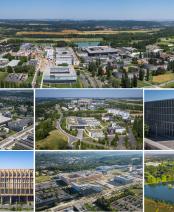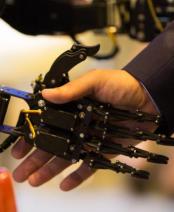CIMO: IP Paris Engineering in Service of the Ocean
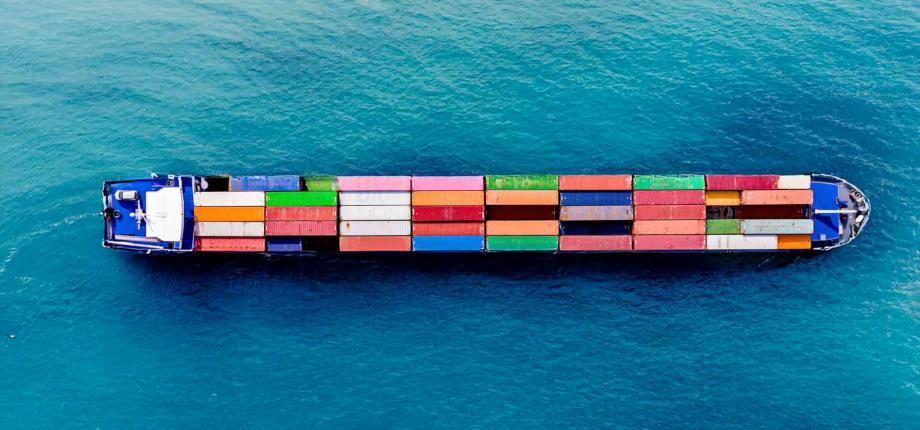
“Despite human exploitation, the ocean remains an unknown and uncontrolled space,” says Margot Provost, Executive Director of the Interdisciplinary Center for Seas and Oceans (CIMO) at IP Paris. Yet the stakes are enormous (energy, defense, industry…), especially for France, which has the second-largest maritime domain in the world. This makes it a major player in European sovereignty and greatly influences CIMO’s activities. “The ocean is also a harsh environment that requires adapting research initially developed for land-based applications,” adds Laurent Mortier, Scientific Director of the center.
The challenges are significant. To address them, CIMO structures its activities around three research areas co-developed with the scientific community of the Institut Polytechnique de Paris and the rich French marine science research ecosystem. “Engineering is our common thread. It’s our strength and what makes us complementary to other research institutions,” emphasizes the Executive Director. “Where academic researchers might view a sensor primarily as a data collection tool, our role is to develop it, refine its design, think through the algorithm that will process the collected data, and, if necessary, consider it as a component of a larger technical system.”
Sustainable Solutions for Navigation
Part of CIMO’s work focuses on sustainable ships and decarbonization in a broader sense, whether related to propulsion or materials (Marine Engineering and Sustainable Ships focus area). “This includes ships of course, but also any offshore structure like floating wind turbines,” notes Margot Provost. One team, led by Shabnam Arbab Chirani, a professor-researcher from the Dupuy de Lôme Research Institute (IRDL*) at ENSTA (Brest), focuses on the durability of materials and metallic structures. “We’re exploring smart material recycling and less energy-intensive, resource-efficient, and less polluting manufacturing methods. We also study how materials hold up over time under load,” explains the Brest-based researcher. Operational structures like cargo ships are subject to cyclic or random mechanical stress. The researchers aim to determine the optimal material design to withstand such forces. “The sea adds challenges like corrosion and temperature variations that impact material lifespan and complicate our work.”
Offshore wind turbines also face major mechanical stresses, especially from coastal waves. “This includes breaking waves influenced by the seabed’s coastal morphology, which are higher and more varied. These waves are less regular and sinusoidal than those found offshore – they’re nonlinear,” explains Marissa Yates, a research scientist at the Laboratoire d'hydraulique Saint-Venant at the École nationale des ponts et chaussées (ENPC).
The Importance of the Coastline
Yates focuses on modeling these coastal wave conditions along the Atlantic and Channel coasts at a local scale. Her work falls under CIMO’s Coastal Resource Management and Environmental Planning focus area, providing statistical tools to evaluate and predict the maximum stresses that future offshore structures might endure. These insights are valuable for industrial partners who, for instance, can properly size their offshore wind turbines. “Our research and training on offshore wind energy (see box: Master Offwind: Training Students for Tomorrow’s Industrial Challenges) are crucial for the country’s industrial and energy sovereignty—especially in this highly competitive sector, where China is heavily invested,” says Margot Provost.
Nonlinear waves not only affect offshore structures but also reshape the coastline. Again, Marissa Yates’ research is of interest to companies like RTE (France’s transmission system operator), which must identify optimal cable landing sites for connecting offshore wind farms to the mainland. “Too much erosion exposes cables to mechanical stress. Too much sediment leads to overheating. Understanding how coastal morphology will evolve over the next 40 years is critical,” she explains.
This issue is also crucial for local governments. Since the 2021 Climate and Resilience Law, they must incorporate shoreline evolution over 30 to 100 years into their land use plans (PLU). Areas exposed to winter storms and erosion-flooding risks are particularly concerned with CIMO’s expertise. “We can statistically predict future wave types and seasonal sand movements on these timescales,” adds Yates. However, the task remains complex due to the diversity of coastlines and human interactions.
Observing the Ocean
CIMO also steers its research toward ocean observation in service of society. “Observing the ocean means understanding it and contributing to its protection and the conservation of resources,” says Margot Provost. The center leads a project aiming to involve merchant vessels in collecting marine data. “It’s the most incredible sentinel network we could imagine!” exclaims Laurent Mortier. “We’re in discussions with shipowners (see box: In Nice, Scientists and Shipowners Unite to Monitor the Ocean) to get them onboard with this effort.” CIMO contributes engineering expertise to equip vessels with precise and reliable measurement instruments and provides essential project-based approaches in a fully globalized sector. The data collected will benefit scientists—“for example, we’ll better understand the partial pressure of CO₂ in surface ocean waters and its role as a carbon sink, or sometimes a source”—as well as shipping companies, which can optimize routes and reduce fuel use and carbon emissions.
Meanwhile, CIMO researchers are leveraging IP Paris’ AI expertise to support an ambitious project for digital twins of the planet (Destination Earth), especially the oceans (European Digital Twin of the Ocean). Coordinated by France at the European level, part of the project models maritime transport. “Thanks to these digital twins, we’ll have a virtual testing ground to evaluate its financial, carbon, and environmental costs,” says Laurent Mortier.
Multiple Partnerships and Locations
To accomplish its mission, CIMO forges numerous partnerships with academic and industrial maritime stakeholders (IFREMER, European Institute for Marine Studies – IUEM, Research Institute for Development – IRD, Naval Hydrographic and Oceanographic Service – SHOM, IMT Atlantique, Defense Innovation Agency, Naval Group, etc.). The center is also involved in cutting-edge research projects supported by the Defense Innovation Agency (such as seabed mapping instrumentation and quantum communications). “Our complementary strengths unlock true potential,” says Margot Provost.
Similarly, CIMO’s dual presence in Palaiseau and Brest presents strong opportunities. “The IP Paris campus hosts multiple research themes, some already oriented toward maritime issues. We’ll be able to enhance their visibility and connect them to Brest’s scientific and economic maritime ecosystem. In turn, Brest will benefit from this academic richness and proximity to major decision-making centers in the Paris region,” concludes the Executive Director.
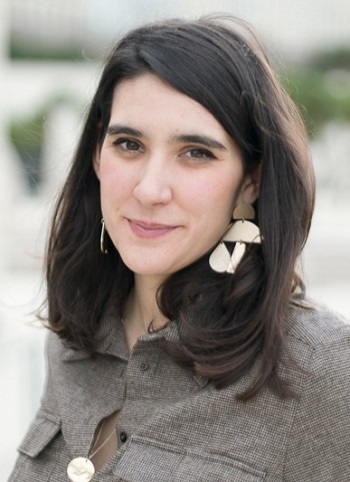
About Margot Provost
A native of Saint-Nazaire, Margot Provost holds a PhD in marine biology and biochemistry (Valorization of the protein fraction of salmon by-products). She is currently Director of Operations at the Interdisciplinary Center for Seas and Oceans (CIMO) at the Institut Polytechnique de Paris. From 2023 to 2024, she was head of the interdisciplinary institute IngéBlue (maritime engineering), led and hosted by ENSTA Bretagne, and was also the Director General of ENSTA Bretagne's Maritime Affairs Advisor. Margot Provost was also responsible for technology transfer at SATT Sud-Est (University of Corsica Pasquale Paoli branch) from 2017 to 2023.
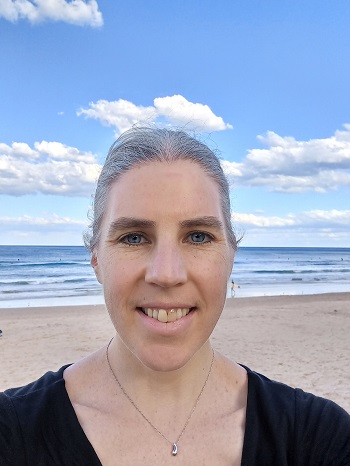
About Marissa Yates
A graduate of MIT (2003) and the Scripps Institution of Oceanography at the University of California, San Diego (2009), Marissa Yates has been a researcher at the École nationale des ponts et chaussée since 2023. She previously spent 12 years in the Risks, Water, and Seas Department at Cerema (a public institution for ecological transition and territorial cohesion). During this period, she worked on wave hydrodynamics and coastal evolution at the Saint-Venant Hydraulics Laboratory. Specializing in physical processes and numerical and empirical modeling of the coastal zone, she has been teaching these subjects at ENPC and ENSTA – IP Paris for over 10 years.
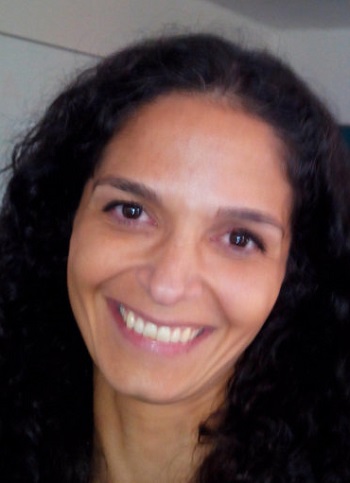
About Shabnam Arbab Chirani
Shabnam Arbab Chirani is a professor at the National Engineering School of Brest (ENIB). She obtained her PhD in materials mechanics from the Technical University of Troyes/Compiègne (France) and became a research engineer while also working as a journalist. She then launched a research program on shape memory alloys at ENIB. She is a specialist in the mechanics of smart materials, particularly shape memory alloys.
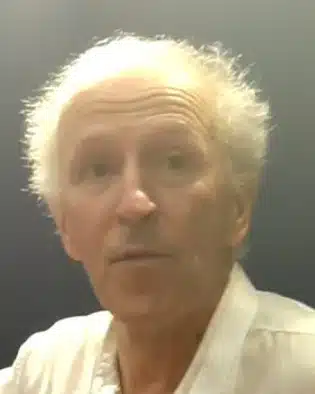
À propos de Laurent Mortier
Laurent Mortier works at ENSTA Paris and has spent the last 20 years of his career setting up large research infrastructures (IRs) and ocean observation systems (OOSs). He is currently the coordinator of the Horizon Europe Advanced Marine Research Infrastructure Together (AMRIT) project, having previously coordinated GROOM II, which was recently completed.
Notes :
*IRDL : an institute CNRS, Université Bretagne Sud, ENSTA, Université de Bretagne Occidentale, École nationale des ingénieurs de Brest
**LHSV : a research lab Cerema, École des ponts et chaussées, EDF R&D









